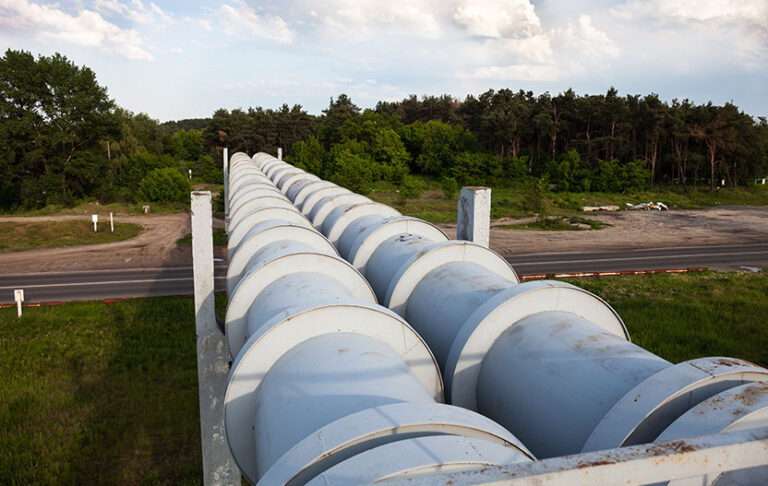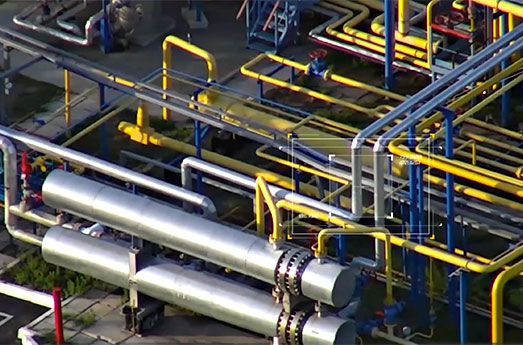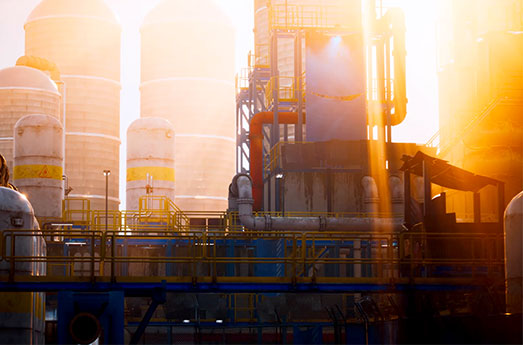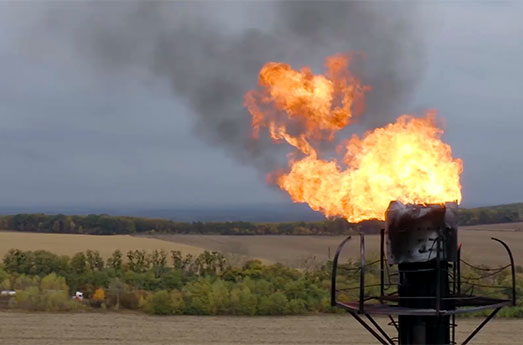Application
of UAVs in the
oil and gas
industry
The oil and gas industry is a huge complex of long-term facilities that affect the country’s development. The smooth work of all these facilities affects the economy and is of great importance. The length of one pipeline in the industry can range from 1,000 km to 4,000 km. It is most effective to monitor objects with the help of UAVs equipped with modern equipment using the technology of operational collection and processing of information.




